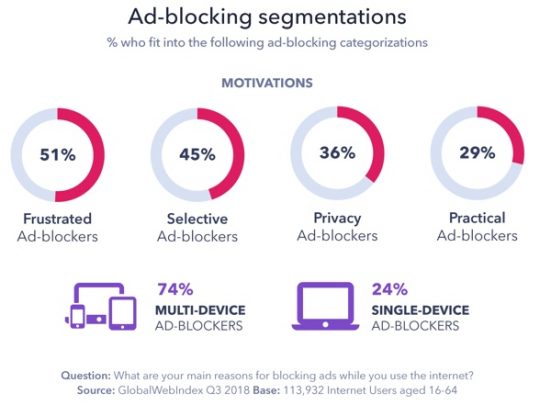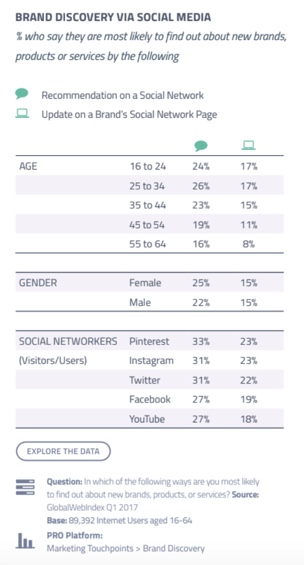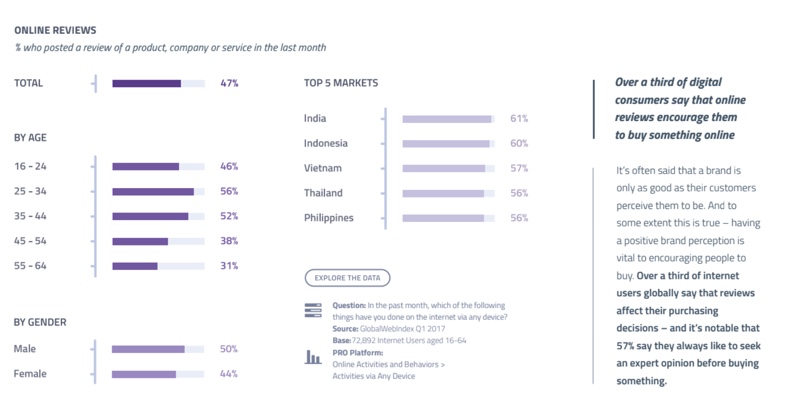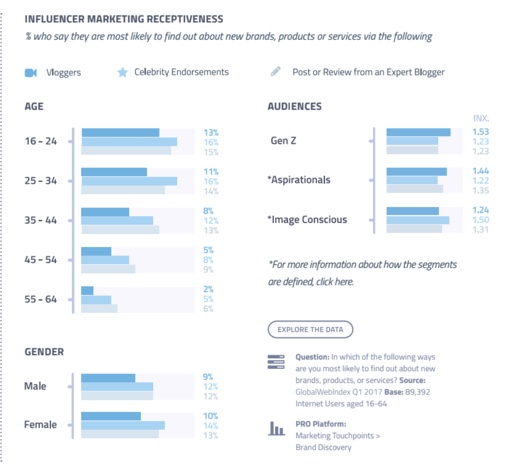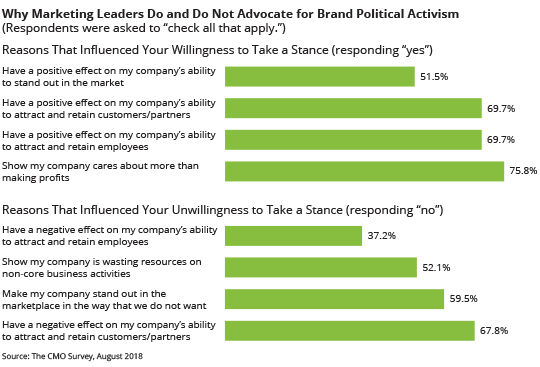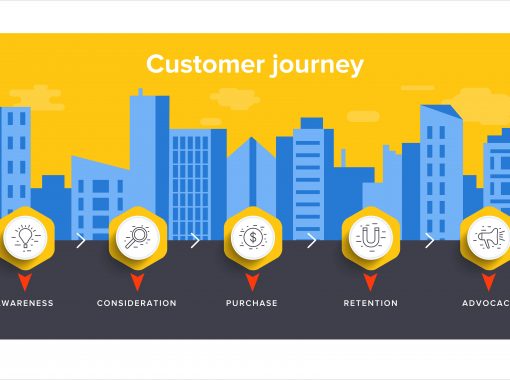
How (and Why) You Should Be Incorporating Social Listening Into Your Content Strategy
Digital content continues to grow as a preferred way for consumers to discover brands, but not all digital content is equally effective. Nearly one-third of all Internet users block ads on their devices, getting rid of strategically “in-your-face” advertising on social media and search. However, almost a quarter of Internet users say they discover brands through search via content. The same percentage have watched brand-produced video content within the last 30 days.
On social media, 36% of users follow their favorite brands, and 24% follow brands they are considering purchasing from.
When asked if they prefer to “self-discover” a brand or be exposed to it through an ad, 71% of consumers chose self-discovery.
What does this mean for your company’s social media and content strategy?
Social listening is one of the top ways to:
- find out what your target audience wants and needs,
- where and how they want this information delivered,
- who they are willing to take advice from, and
- when they are primed for purchase.
Building out your content in tandem with social listening can help you reach a broad audience that is ready and waiting to discover your brand.
Use Social Listening to Profile Your Target Audience and Customers
Customer journeys are mobile, multi-platformed, and require you to be able to adapt to changing practices on the fly. Having a vague idea about who can benefit most from your product/service (offering) isn’t enough. You need to be able to get inside your ideal customer’s head, see what makes them tick, and fine-tune your approach to attract them, inform them, and then close the deal.
In order to give consumers what they want and need in the way of content, you need to know as much about them as possible. Social media listening can help you segment audiences and narrow down the ideal customers to profile for targeted content creation. Look for mentions on social media not just for your specific brand or your offering, but for questions relating to:
- The environments and situations in which your offering might be needed or used
- The problem your offering is designed to be a solution for
- How your offering works or what its benefits are
- Where to find offerings similar to yours
Customer reviews of similar offerings are one pace to look to begin identifying the types of consumers to target. Conversations across social media are also great resources. Keywords and hashtags can be compiled and searched to identify groups and communities that are interested in your offering, and more targeted social listening can be carried out from inside such groups.
Basic Profile Segmenting
Basic profile segmenting can be done by gender, age, location, and income level. Additional narrow segmenting can include whether or not a consumer is a parent, what their hobbies are, which celebrities and brands they already follow, and what kind of interactions they have with their favorite brands on social.
You can tailor your content by channel depending on the segment of your target demographic using the channel. There is some overlap, but overall, the Facebook user and the Instagrammer are focused on entirely different content and want different things from each platform. User generated content can be of assistance as you learn how to leverage each platform.
Use Social Listening to Collect User Generated Content
User generated content (UGC) can be an incredibly powerful advantage for brands looking to deliver incentives to consumers seeking positive reinforcement. UGC can consist of an image, video, Facebook post, Tweet, Instagram mention, or online review. Since consumers trust their peers even more than they do experts, this kind of content is the most valuable kind of all.
Spontaneous conversations that deliver a positive sentiment can indicate users’ authentic engagement with your brand. This can make your reshare of it more credible to those who eschew ads and demand what they view as more trustworthy “word of mouth” recommendations.
Monitor Social Media
Monitoring social media for high-quality mentions can provide you with potentially more effective content than anything you can create on your own. UGC can also be mined for branded content ideas that play off your current content strategy to deliver a consistent experience. People will unconsciously accept the echoing of customer sentiment as another bona fide for your brand.
Capturing and analyzing such UGC is the first step. You can see what people are saying about your brand organically, and then use that knowledge to leverage more of the same. You can increase brand awareness by amplifying the reach of UGC, and increase trust between your brand and consumers by riding on the back of the implicit trust Internet and social media users have in their peers.
Turn Customers Into Brand Ambassadors
Work on turning satisfied customers into brand ambassadors by recognizing them and reciprocating their attention and positivity publicly. This shows that you genuinely care about what they think of you, which will cause them to become even more engaged and interactive.
Prompting participation in a branded endeavor, such as running a “caption this” post and boosting it to a broad audience can provide you with a wealth of UGC that you can then reshare, increasing its reach. UGC that includes images is highly shareable and can boost your brand visibility in a fun way that isn’t viewed as blatantly self-promoting.

Social listening can not only capture posts that are directly related to a boosted campaign containing your brand’s hashtag, but also conversations mentioning your product or brand outside of any campaign. The next step is analysis in order to discover trends that you can leverage for your brand’s benefit.
Use Social Listening to Discover and Analyze Key Trends
While hopping on every trending hashtag just ends up looking spammy, you can effectively piggyback on trends that are related to your offering and gain an advantage by showing you are up to date and connected with your industry.
Key Topics & Trends
Work on identifying key topics and trends in your customers’ and potential customers’ conversations as well as broader trends in your market or industry. Focus on relevance, customer expectations, and competitor strategies.
Being ahead of the game regarding changes in your industry or exciting market-relevant news means you can impress consumers who are paying attention. Creating content that slots evenly next to breaking news or updates can help you ride the wave of visibility and gain fresh followers.
Identify Influencers
By identifying influencers, you can increase your chances of a viral post or Tweet by targeting them with content similar to that they prefer to share. By aligning yourself with ‘experts,’ you increase your own perceived expertise and can share in the visibility that comes from being a social media darling. Use care not to overdo it, however, because being identified as “too needy” of a fan can garner you a muting.
Track Competitors
By tracking competitors, you can create a break-out angle that is unique and can draw attention; differentiation is vital, especially in a highly competitive market. You can also enhance your own knowledge if you are new to the sector, riffing off of your competitors, and developing your own brand voice as a counterpoint. A little friendly competition between brands can benefit everyone.
Social listening tools make it easy to gather, sort, and analyze data, as well as visualize trends across multiple conversations and data points. Applying the insights gained from key trends while capturing valuable hashtags can boost your brand’s core messaging.
Highlight Special Usage
Highlight use of brand mentions, hashtag usage and inclusion of industry keywords, and segment them based on authority, relevance, location, and category to provide you with a visual depiction of your brand’s range, coverage, penetration, and amplification.
You can significantly boost the ROI of your content strategy if you cover timely issues with targeted and relevant content. This can be done even if your offering doesn’t have a direct tie-in. In 2019, it is predicted that more brands will be “taking a stand” on social media, meaning a well-timed campaign that supports a cause your organization’s leadership is passionate about could have viral results.
Measure Campaign Impact
Measure the ultimate impact of your campaigns both in earned media and owned media, and don’t forget to check for queries from users on mainstream search engines as well as on social. Your brand’s visibility can skyrocket during a campaign even if it’s not technically “viral.” Social listening before, during, and after each endeavor can help you identify and track KPIs to figure out what works and what doesn’t.
Social listening should be a cornerstone of your content strategy, informing your every move from identifying your audience and developing a following to disseminating targeted content. It can help you attract influencers, learn from competitors, piggyback on trends, and develop trusted relationships through use of UGC and a continual, positive presence.
Freedom is an award-winning writer and marketer. In her current role as a B2B digital marketing specialist. Her writing has appeared in global publications including The Independent (UK), Huffington Post (USA), The Telegraph (UK), The Chicago Sun-Times, The Los Angeles Times, The Jerusalem Post, and more.
